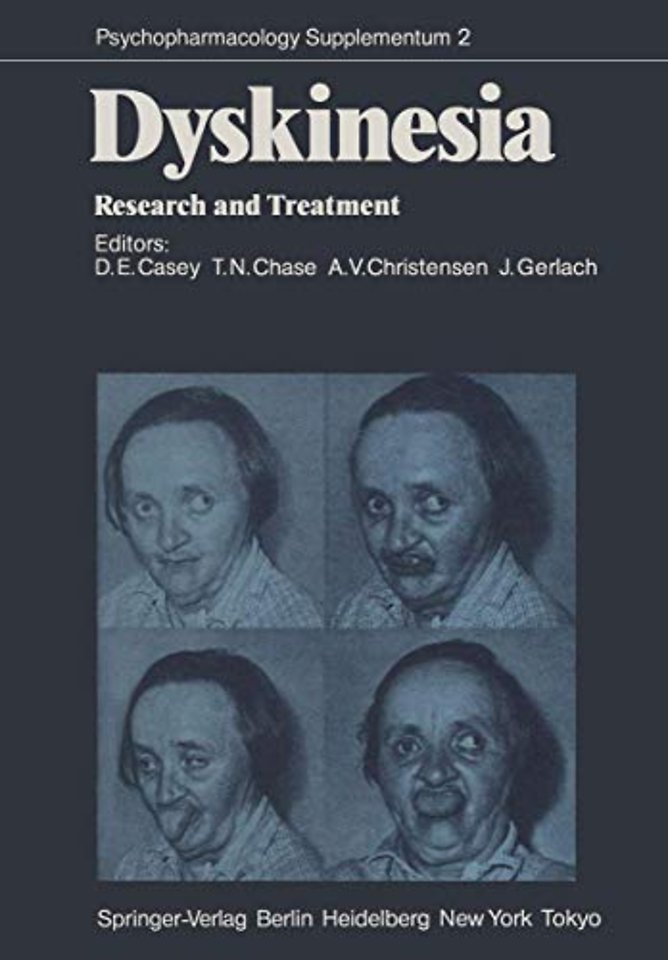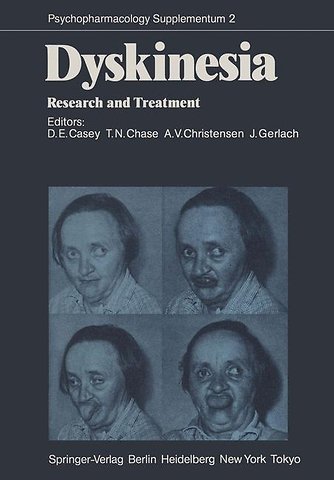Dyskinesia
Research and Treatment
Samenvatting
More than a quarter century has passed since the initial descriptions of tardive dyskinesia (Schonecker, 1957; Sigwald et aI., 1959). The earliest epidemiologic study of this disorder was carried out in Roskilde, Denmark, by Uhrbrand and Faurbye (1960); the term tardive dyskinesia was first used a few years later in a subsequent paper (Faurbye et aI., 1964). Despite 25 years of intensive investiga tive scrutiny, the syndrome persists, and approaches to its prevention and treat ment continue to have limited efficacy. It is thus fitting to evaluate what has already been learned and consider future directions for research. . Tardive dyskinesia is generally dermed as an involuntary movement disorder, mainly involving the mouth, which attends long-term neuroleptic exposure. Beyond these simple facts, however, there has been relatively little consensus about this disorder. A desire to address the controversies associated with tardive dyskinesia prompted the organization of an international symposium at Kolle kolle, just outside Copenhagen. This publication comprises all 26 presentations.

